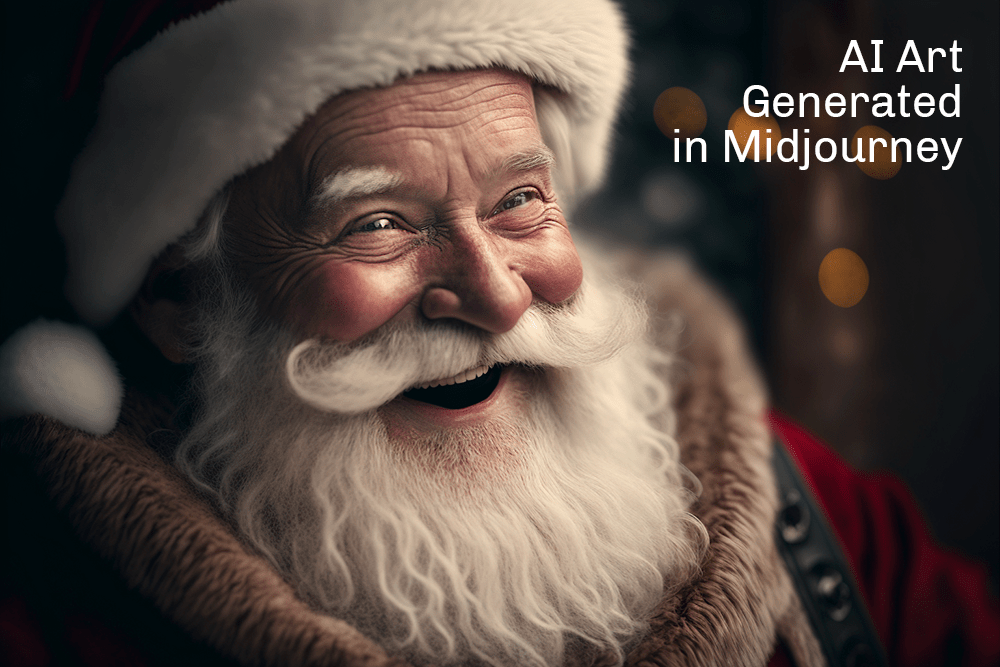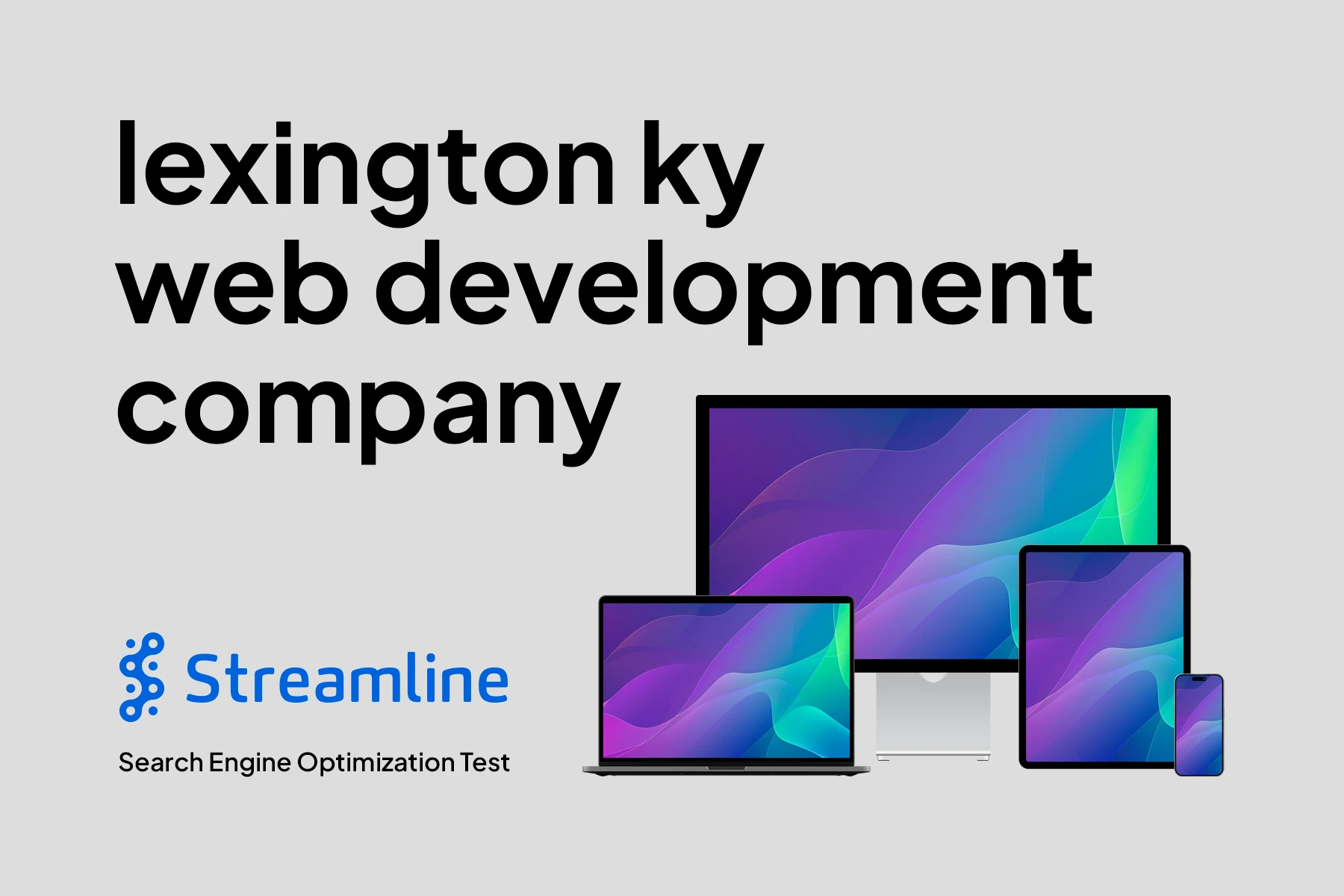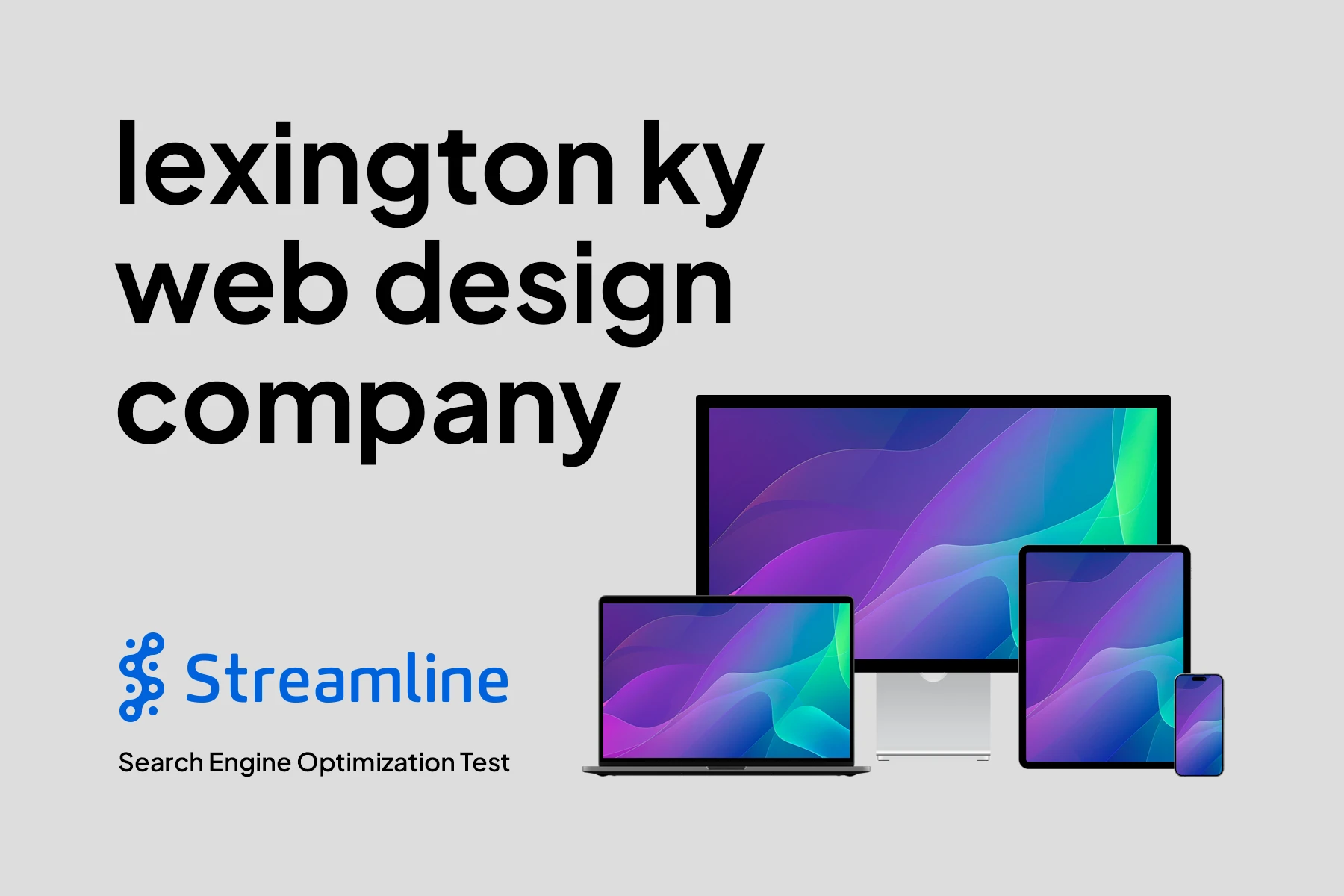AI Generated Art Services
My title is accurate, but I need to add context regarding AI generated art.
Artificial intelligence art generation will supplant human artists insofar as no human will be able to produce so widely artistic a range of creations in so little time. Consequently, humans may remain highly creative, but all will fall woefully short in producing artistic works in comparable periods of time. Creativity is an amazing feature of the human mind. But we know not only humans can create. Software-based intelligence is also capable of producing a dazzling array of images, audio and video.
It’s 2022, and already artificial intelligence-based art generation services are widely available to the public at a reasonable price. They include starryai, NightCafe Creator, Midjourney, and numerous others. I selected the very popular Midjourney to see how visual art generation works.
What is Midjourney AI Generated Art?
Midjourney (www.midjourney.com) is an artificial intelligence image generation system that is available to the public. It is free for a limited number of images, and it has paid plans after that. At the time of this post, the basic plan is $10/mo, which has a 200-image/day limit. The standard plan is $30/mo, and this one has unlimited image generation. There’s a privacy add-on for $20/mo.
How Does Midjourney AI Generated Art Work?
Midjourney requires a Discord account for signing in. Discord (www.discord.com) is a instant messaging platform that allows media to be viewable by users. Midjourney uses Discord as the platform for presenting the images that Midjourney’s AI system produces.
This is important to know. It appears that most/all of the AI image generation systems produce public images. However, some offer paid private plans. For example, when you sign up for Discord (to get an account) and sign in to Midjourney (using your Discord account credentials), you will use Discord (either the website or the download application) to view the images that you and others produce. All of them are initially public, so they can be viewed by anyone using the service. What’s more, “your” images can be downloaded by anyone, modified by anyone, and used be anyone.
How Do Users Produce AI Generated Art on Midjourney?
It should be noted that there are different methods of producing AI art. Some systems require the upload of one or more images, which results in some new art file being created. For example, you might upload a portrait of your grandfather and get the AI system to reproduce him as Santa Claus (your grandfather’s face on a Santa Claus body). Others, like Midjourney, are text-to-image systems. This means you will describe the kind of image you want to produce via a text prompt.
Specifically, Midjourney has a text field at the bottom of the browser or application screen. You will type /imagine, then hit your space bar, and type the description of what you would like it to produce for you. These descriptions can be one or two words, or they can be incredibly dense, packed with important key words and phrases.
Midjourney Text-to-Image Descriptions
Simple example: /imagine [spacebar] santa claus cartoon
Moderately complex example: /imagine [spacebar] photo realistic smiling santa claus sitting in an oversized chair by a fireplace, left and right background contains sacks with presents sticking out the top, warm light from the fire illuminates the center of the room, 4k, –ar 3:2
These two descriptions will produce results that vary enormously.
Once you have a description in place, hit Enter/Return on your keyboard, and the magic happens. Midjourney begins creating your art in a 2×2 grid. You can watch it coming to life as the images get more clear. Finally, when it’s done, you can see the four images by clicking on the preview image. If you like one of them, you can then choose to upsize it to an image with reasonably large dimensions, or you can choose to submit one of the images for further modification, or you can redo all four of them. The possibilities are limited only by your imagination when it comes to descriptions, the plan you’ve selected, and the amount of time you have to sit there and watch the AI do its work.
Who Owns the Art?
Midjourney makes it clear that the art its system is public, but that you can basically use it for anything. This is a gray area, as I don’t believe Midjourney ever states that you own the art you’ve generated via its system using your text. Still, you may be able to benefit from your efforts. I think selecting the add-on privacy plan for $20 makes a lot of sense for anyone who intends to produce works for resale, especially on stock image sites where you might discover your work has already been uploaded if it was made available via the public Discord.
OpenAi is a similar initiative that was funded by Elon Musk, et al. early in its existence and later by Microsoft. One of its popular products is an AI image generator called DALL-E. OpenAI’s terms of service make it clear that you can sell the images its system generates for you, but it actually owns them.
The Santa Claus image in this blog post was created in Midjourney via my text description.
What Are the Results?
The results of text-to-image AI art generation, for example, are all over the place. Sometimes you will enter a few words that you think will create a specific type of art. But the result is dramatically different than your expectation. I suppose that could happen in the real world also, in those cases where you hired an artist to produce something that didn’t equal your expectations. At least in the case of AI art, you will know something’s not quite right in a very short amount of time.
The result is that you have to submit and re-submit text descriptions or re-submit a work you see in the screen for further modification. It may take time to get it just right, but Midjourney, for example, produces some amazing art from many users who have no experience creating artistic works of any kind.
What is the Ultimate Outcome?
AI art generation is fast! Humans can not keep up, barring some kind of technological enhancement. AI systems will continue to get faster and more accurate at producing the art that humans describe. Consequently, there may be no way for any human to outproduce an AI system. In fact, AI systems may begin to create their own art. Then they could sell it using an understanding of what people want to buy. The result would be the removal of humans from the art production equation.
Still, imagine how people might value the work of humans even more because of how ubiquitous AI art generation systems are. It’s possible collectors would only want human art because of its perceived value. Time will tell.
Conclusion
AI art is here and here to stay. It will get better, faster, more accurate, and at higher resolutions. Undoubtedly it will produce songs, paintings, drawings, lyrics, poems, stories. Perhaps it will produce a great novel or movie someday. Ultimately humans will be forced to recognize AI art for the powerful tool it is and then act flexibly to ensure it does not fully overwhelm the human elements of creativity.
Contact the Author
Please feel free to contact me. If you have a useful question or comment, I’ll add it here with my thoughts as appropriate, though I will never post your name or email address.
Bill Adams
[email protected]
If you would like to speak to someone at Streamline about a project, please contact us any time.



